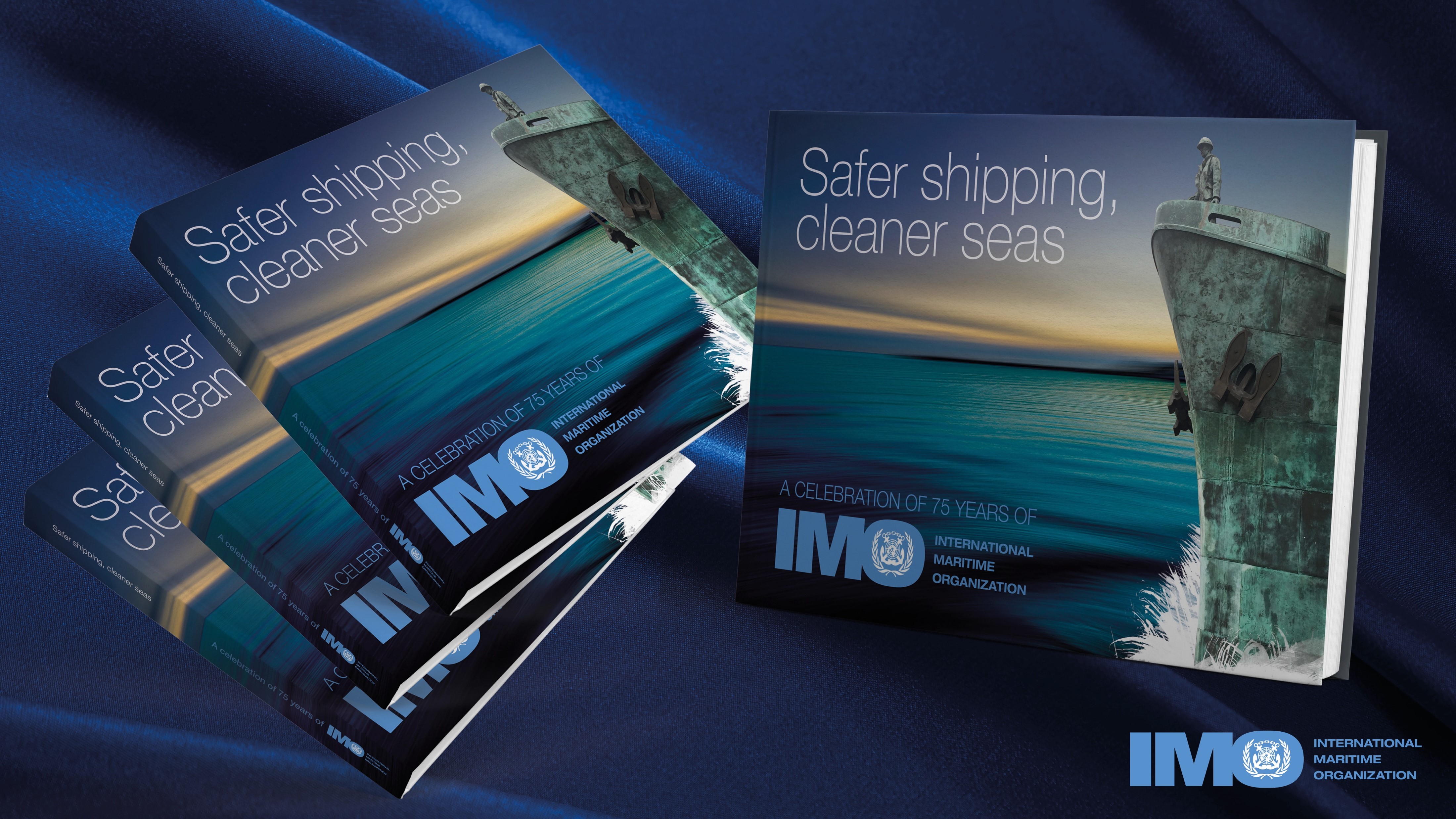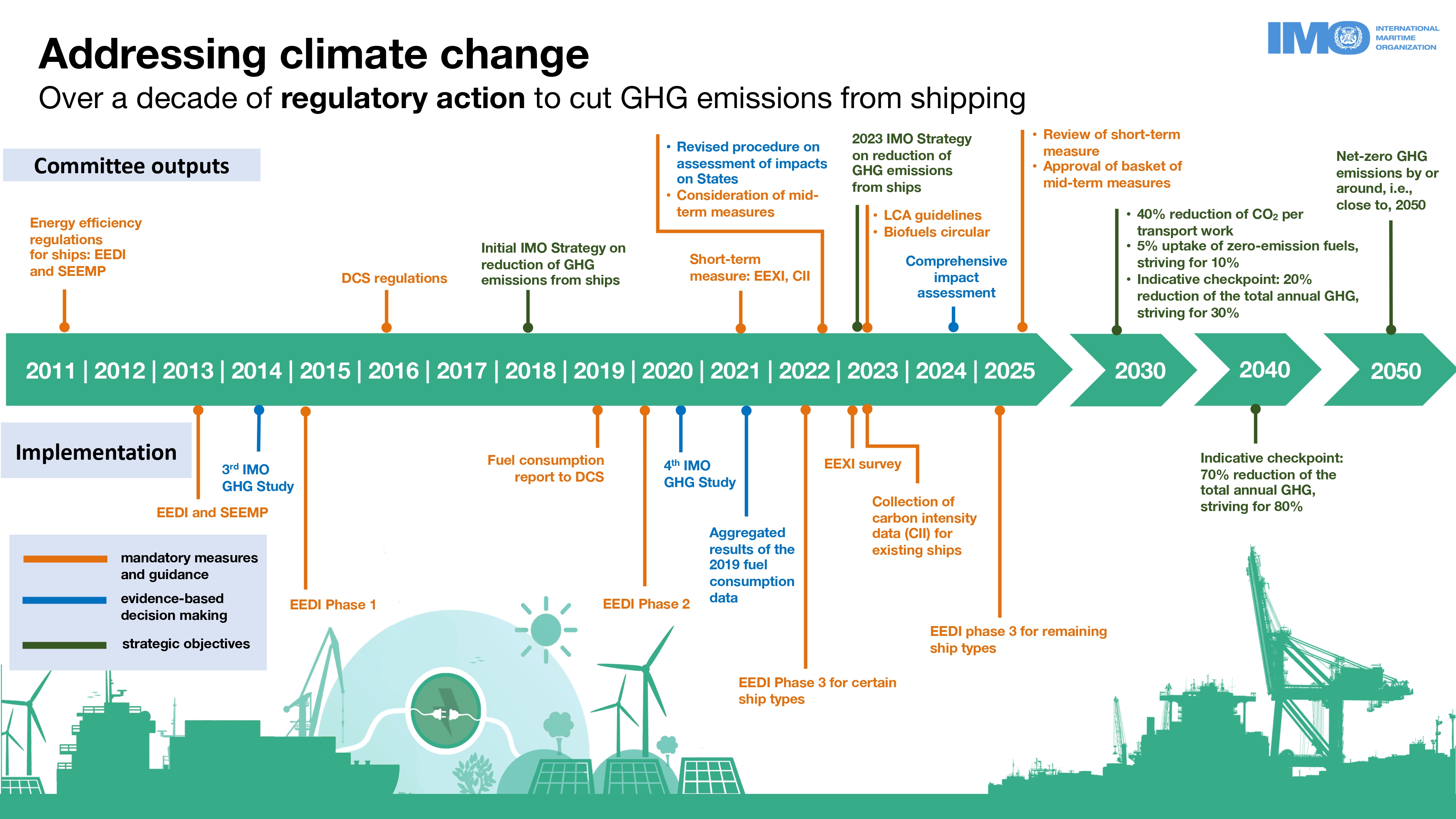Brief History of IMO

"Safer shipping, cleaner seas - A celebration of 75 years of IMO"
This book contains a detailed history of IMO and looks to the future.
Download Introduction and Contents –
click on the picture above or
here.
The book can be purchased at the IMO Staff Association shop on the 4th floor at IMO Headquarters, for £70. All profits go to the IMO Technical Cooperation Fund .
The IMO Convention
It has always been recognized that the best way of improving safety at sea is by developing international regulations that are followed by all shipping nations and from the mid-19th century onwards a number of such treaties were adopted. Several countries proposed that a permanent international body should be established to promote maritime safety more effectively, but it was not until the establishment of the United Nations itself that these hopes were realized. In 1948 an international conference in Geneva adopted a convention formally establishing IMO (the original name was the Inter-Governmental Maritime Consultative Organization, or IMCO, but the name was changed in 1982 to IMO).

The IMO Convention entered into force in 1958 and the new Organization met for the first time the following year.
The purposes of the Organization, as summarized by Article 1(a) of the Convention, are "to provide machinery for cooperation among Governments in the field of governmental regulation and practices relating to technical matters of all kinds affecting shipping engaged in international trade; to encourage and facilitate the general adoption of the highest practicable standards in matters concerning maritime safety, efficiency of navigation and prevention and control of marine pollution from ships". The Organization is also empowered to deal with administrative and legal matters related to these purposes.
A focus on safety
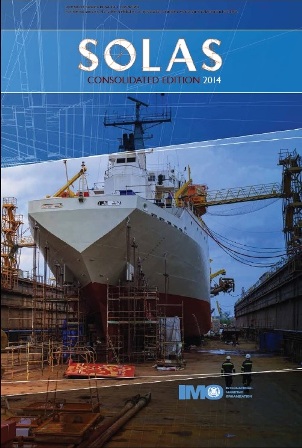
IMO's first task was to adopt a new version of the International Convention for the Safety of Life at Sea (SOLAS), the most important of all treaties dealing with maritime safety. This was achieved in 1960 and IMO then turned its attention to such matters as the facilitation of international maritime traffic, load lines and the carriage of dangerous goods, while the system of measuring the tonnage of ships was revised.
Protecting the marine environment
But although safety was and remains IMO's most important responsibility, a new problem began to emerge - pollution. The growth in the amount of oil being transported by sea and in the size of oil tankers was of particular concern and the Torrey Canyon disaster of 1967, in which 120,000 tonnes of oil was spilled, demonstrated the scale of the problem.
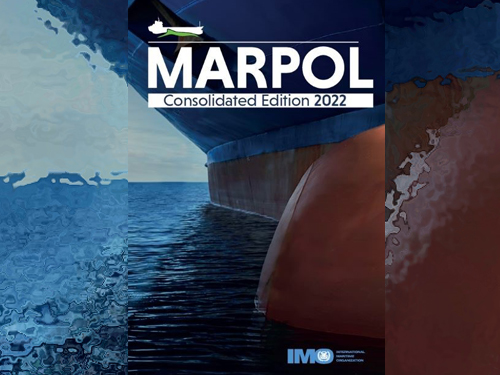
During the next few years IMO introduced a series of measures designed to prevent tanker accidents and to minimize their consequences. It also tackled the environmental threat caused by routine operations such as the cleaning of oil cargo tanks and the disposal of engine room wastes - in tonnage terms a bigger menace than accidental pollution.
The most important of all these measures was the International Convention for the Prevention of Pollution from Ships, 1973, as modified by the Protocol of 1978 relating thereto (MARPOL 73/78). It covers not only accidental and operational oil pollution but also pollution by chemicals, goods in packaged form, sewage, garbage and air pollution.
IMO was also given the task of establishing a system for providing compensation to those who had suffered financially as a result of pollution. Two treaties were adopted, in 1969 and 1971, which enabled victims of oil pollution to obtain compensation much more simply and quickly than had been possible before. Both treaties were amended in 1992, and again in 2000, to increase the limits of compensation payable to victims of pollution. A number of other legal conventions have been developed since, most of which concern liability and compensation issues.
Satellite distress and safety communications

Also in the 1970s a global search and rescue system was initiated, with the establishment of the International Mobile Satellite Organization (IMSO), which has greatly improved the provision of radio and other messages to ships.
The Global Maritime Distress and Safety System (GMDSS) was adopted in 1988 and began to be phased in from 1992. In February 1999, the GMDSS became fully operational, so that now a ship that is in distress anywhere in the world can be virtually guaranteed assistance, even if the ship's crew do not have time to radio for help, as the message will be transmitted automatically.
Safety management and training
Two initiatives in the 1990s are especially important insofar as they relate to the human element in shipping. On 1 July 1998 the International Safety Management Code entered into force and became applicable to passenger ships, oil and chemical tankers, bulk carriers, gas carriers and cargo high speed craft of 500 gross tonnage and above. It became applicable to other cargo ships and mobile offshore drilling units of 500 gross tonnage and above from 1 July 2002.
On 1 February 1997, the 1995 amendments to the International Convention on Standards of Training, Certification and Watchkeeping for Seafarers, 1978 entered into force. They greatly improve seafarer standards and, for the first time, give IMO itself powers to check Government actions with Parties required to submit information to IMO regarding their compliance with the Convention. A major revision of the STCW Convention and Code was completed in 2010 with the adoption of the "Manila amendments to the STCW Convention and Code".
Marine biosafety
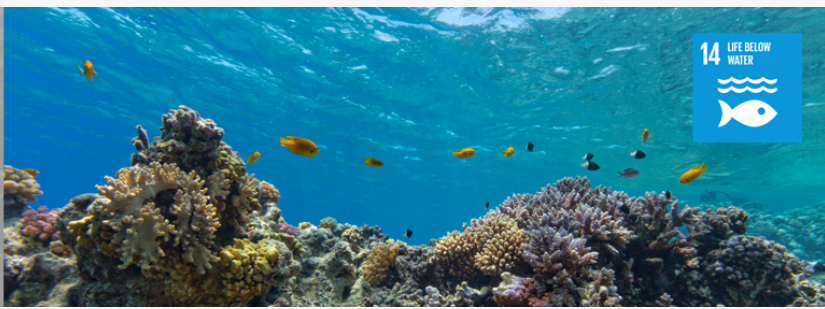
New conventions relating to the marine environment were adopted in the 2000s, including one on anti-fouling sytems (AFS 2001), another on ballast water management to prevent the invasion of alien species (BWM 2004) and another on ship recycling (Hong Kong International Convention for the Safe and Environmentally Sound Recycling of Ships, 2009).
Maritime security
The 2000s also saw a focus on maritime security, with the entry into force in July 2004 of a new, comprehensive security regime for international shipping, including the International Ship and Port Facility Security (ISPS) Code, made mandatory under amendments to SOLAS adopted in 2002.
In 2005, IMO adopted amendments to the Convention for the Suppression of Unlawful Acts (SUA) Against the Safety of Maritime Navigation, 1988 and its related Protocol (the 2005 SUA Protocols), which amongst other things, introduce the right of a a State Party desires to board a ship flying the flag of another State Party when the requesting Party has reasonable grounds to suspect that the ship or a person on board the ship is, has been, or is about to be involved in, the commission of an offence under the Convention.
As IMO instruments have entered into force and been implemented, developments in technology and/or lessons learned from accidents have led to changes and amendments being adopted.
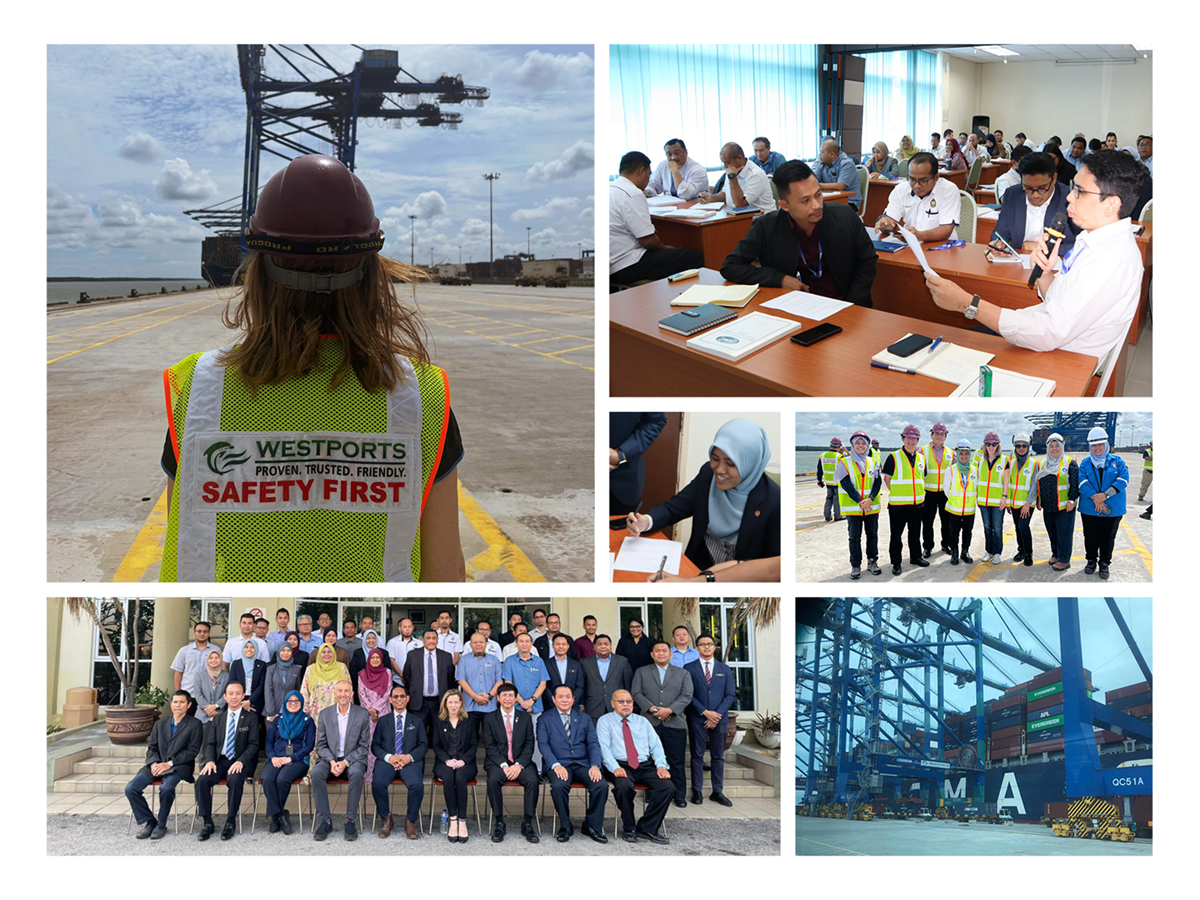
Capacity development
The focus on implementation continues, with the technical co-operation programme a key strand of IMO's work.
The
IMO Member State Audit Scheme, which became mandatory under a number of key IMO instruments on 1 January 2016, will increasingly play a key role in supporting effective implementation by providing an audited Member State with a comprehensive and objective assessment of how effectively it administers and implements those mandatory IMO instruments which are covered by the Scheme.
Tackling the climate crisis
An increasingly urgent challenge is that of tackling harmful (GHG) Greenhouse Gas emissions from shipping. As a member of the United Nations family, IMO is committed to supporting
UN Sustainable Development Goal 13 - To take urgent action to combat climate change and its impacts – in line with the 2015 Paris Agreement to cut GHG emissions which cause global warming. (Read more here: IMO’s work to cut GHG emissions from ships.)
The first set of international mandatory measures to improve ships' energy efficiency were adopted in 2011. Since then, IMO has taken additional action including further regulatory measures, the adoption of the
Initial IMO GHG strategy in 2018, and, in
2023, the revised Strategy on Reduction of GHG Emissions from Ships. The revised Strategy aims to reduce GHG emissions from international shipping and, as a matter of urgency, to phase them out as soon as possible, while promoting a just and equitable transition.
IMO's mission statement:
"The mission of the International Maritime Organization (IMO) as a United Nations specialized agency is to promote safe, secure, environmentally sound, efficient and sustainable shipping through cooperation. This will be accomplished by adopting the highest practicable standards of maritime safety and security, efficiency of navigation and prevention and control of pollution from ships, as well as through consideration of the related legal matters and effective implementation of IMO’s instruments with a view to their universal and uniform application."
IMO ship models
IMO Headquarters building in London hosts a range of donated ship models and artefacts.
Click below to view videos and learn more about selected ship models in the
Lloyds Register Foundation Maritime Innovation in Miniature series:
Oasis of the Seas passenger ship
Olympic Loyalty oil tanker
Click to view the Behind the scenes video.
